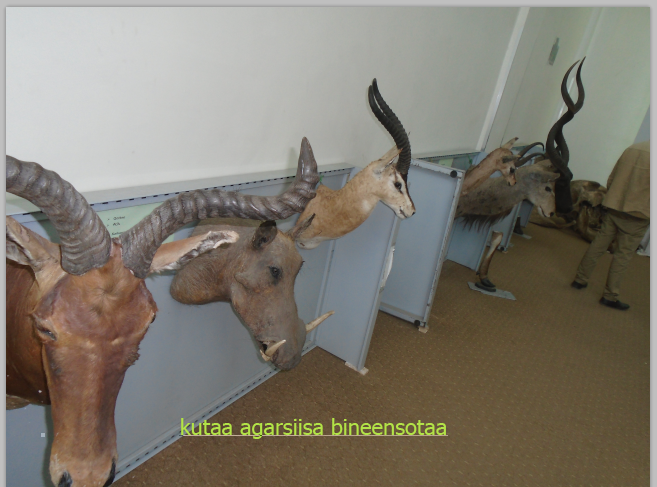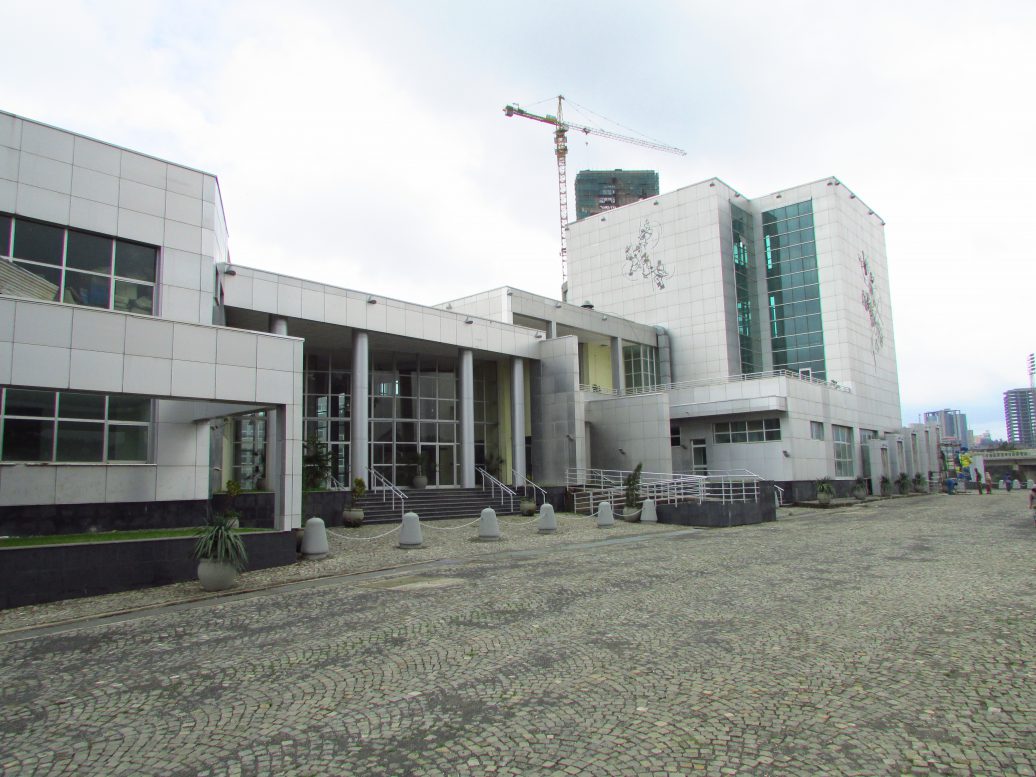
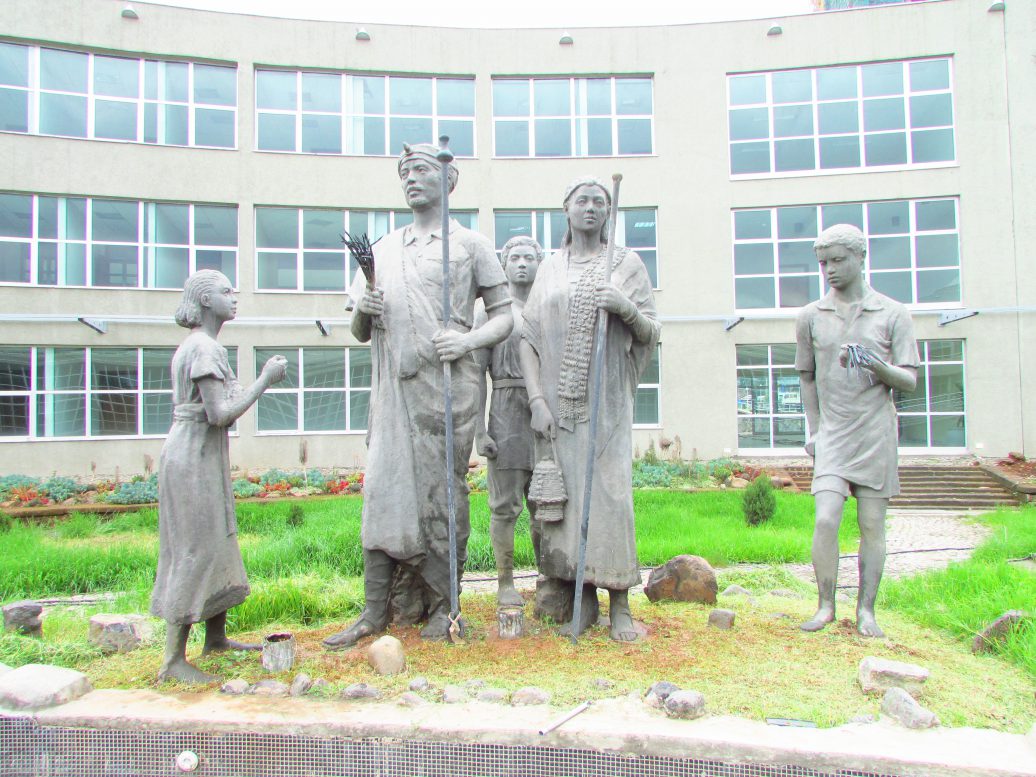
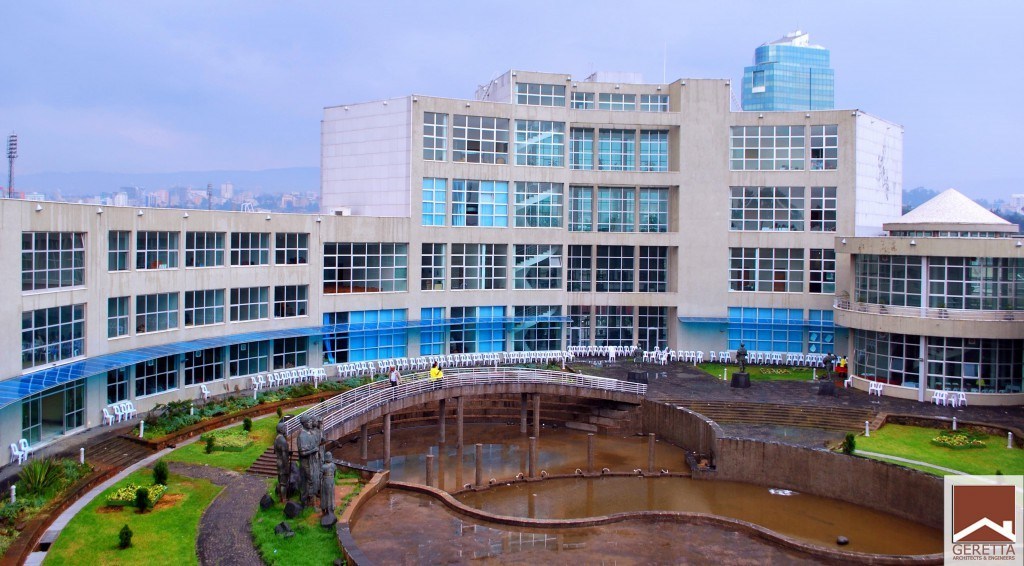
Oromo Cultural Center
Oromo cultural center was established to work on research and development of Oromo culture, history, language and art. It also works on preserving Oromo heritage. Accordingly the center has four major divisions. These are:Oromo ResearchCenter:- comprehends four broad departments. Those are departments of history, language, culture and art researches.
Due to diverse essentialities of specialization in the department, the language research division has accommodated four departments namely:(1) department of Afaan Oromoo folklore and Oral Literature, (2) department of Afaan Oromoo grammar study,
(3) department of Afaan Oromoo language codification and standardization and (4) department of Afaan Oromoo dictionary making. The others divisions of Oromoo Cultural Center are: v Oromoo Art Training and Development Center v Oromoo Library andArchive Center v Center of Oromoo.
Our about
come and see the center
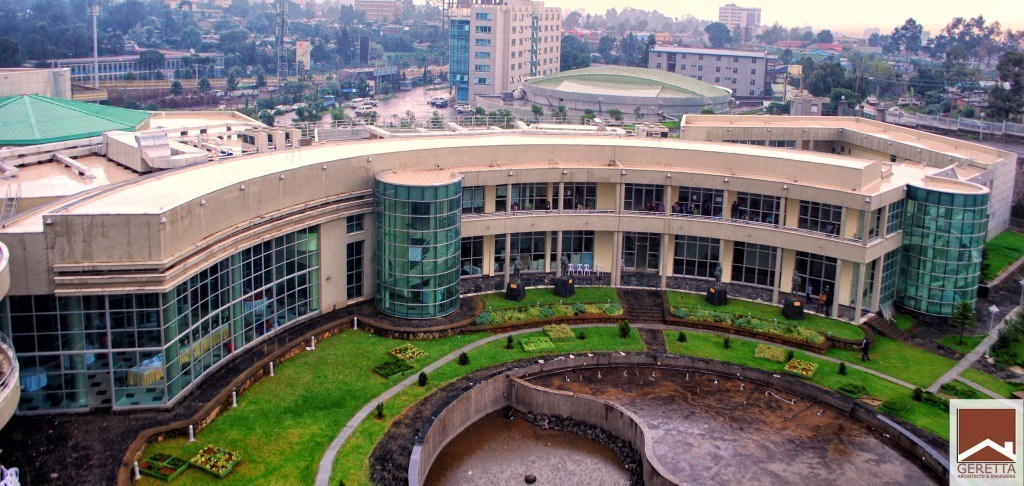
- Art and Theater
The art and theatre center has three subsections and respective services. These are (1) Music training and performance services, (2) film and theatre production and staging services and (3) pictures and handcraft training and gallery services. The theater hall has started its functions, and has hosted some musical and theater shows. It has rendered services to governmental, nongovernmental and other civil societies. It also has served artists and Oromo authors on different induction ceremonies.
- Art and Theater
The art and theatre center has three subsections and respective services. These are (1) Music training and performance services, (2) film and theatre production and staging services and (3) pictures and handcraft training and gallery services. The theater hall has started its functions, and has hosted some musical and theater shows. It has rendered services to governmental, nongovernmental and other civil societies. It also has served artists and Oromo authors on different induction ceremonies.
Library and Archive
The center has a comprehensive library that renders services to readers and researchers from different academic background. It has also an archive center, which is currently under assemblage, and liable to serve as a source of information, for any researcher from anywhere but interested in conducting a research on issues related to Oromo Society.
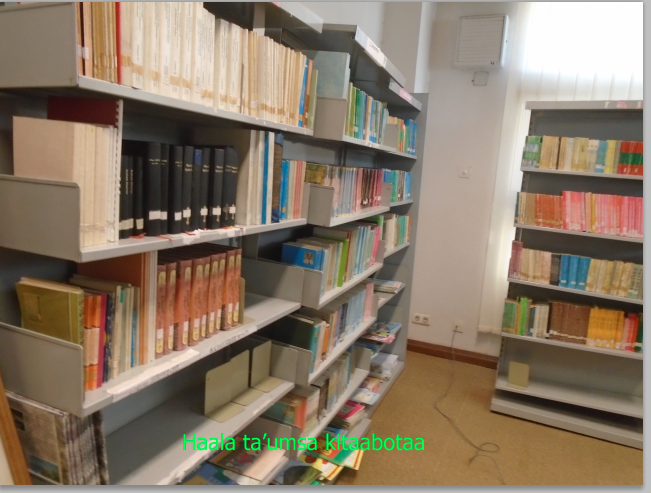
Our gallery
The center Library
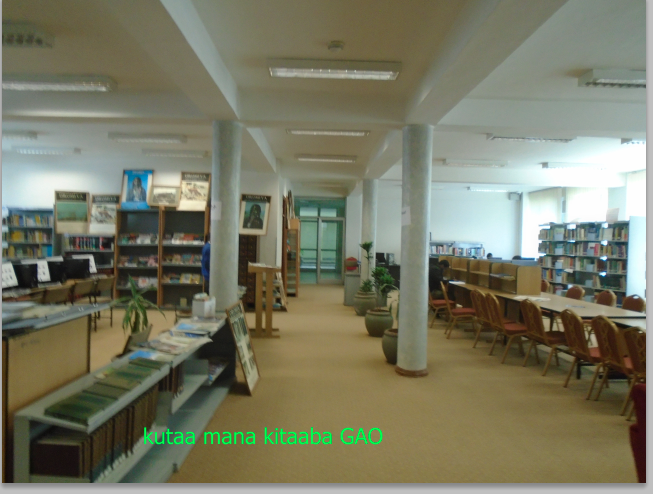
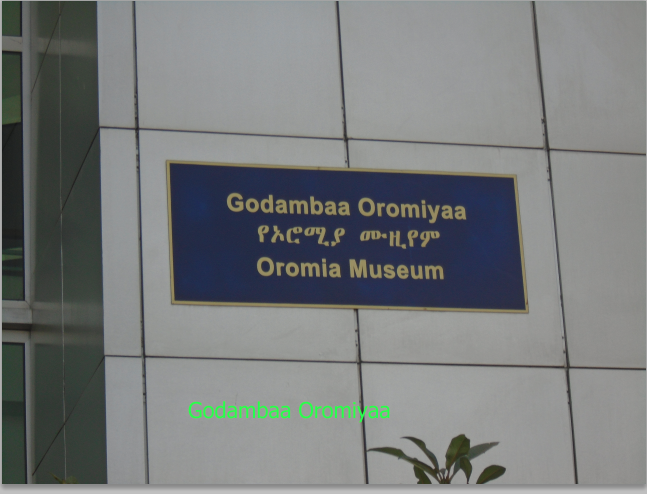
Museum and Visiting Services
The regional museum had been opened and give serves for both local and foreign tourists and visitors. The artifacts collected from 10 cultural zones were arranged and displayed in various show rooms in different clusters and made accessible for public visit. Since the beginning of its service, the museum has been visited by students, from kindergarten up to universities, professionals, researchers, Ethiopian nations and some foreigners.
Finfine
Infrot of stadium railway station
